Have you ever been curious how many strands of fur a pup has? It’s an interesting question, and one that can be answered with science. While the exact number of hairs varies from breed to breed, there is an average range for all dogs that we can use as a guide. In this article, we’ll explore how to calculate the approximate number of hairs on your pup and what factors contribute to the differences between breeds. We’ll also discuss why counting each individual hair isn’t necessary in order to get an accurate estimate.
How Many Hairs Are On A Dog?
Boasting an average of 18,000 hairs on their bodies, dogs have a plentiful coat. While this number may vary depending on the breed and size of your pup, this range gives us a good starting point to work with. It’s important to note that this figure includes all the hairs, from the guard hairs (the longest ones) to the downy soft undercoat.
Fur Packing
The density of a dog’s fur can vary depending on the breed and type. Long-haired breeds tend to have more individual hairs, while short-haired breeds may be packed with dense fur. Depending on their coat type, a single square centimeter of skin could hold anywhere from 10 to 200 individual hairs! The number of actual strands of hair can depend on the age, health and breed of the dog. Brushing your pup regularly will help keep their fur healthy and free from tangles.
Size
The size of your dog is a major factor when it comes to determining the amount of hair they may have. Smaller dogs tend to have shorter, finer coats which are less dense than larger breeds with longer fur. Toy and miniature breeds such as Chihuahuas and Pomeranians may have fewer hairs overall, while long-haired breeds like Newfoundlands, Afghan Hounds and Golden Retrievers may have more.
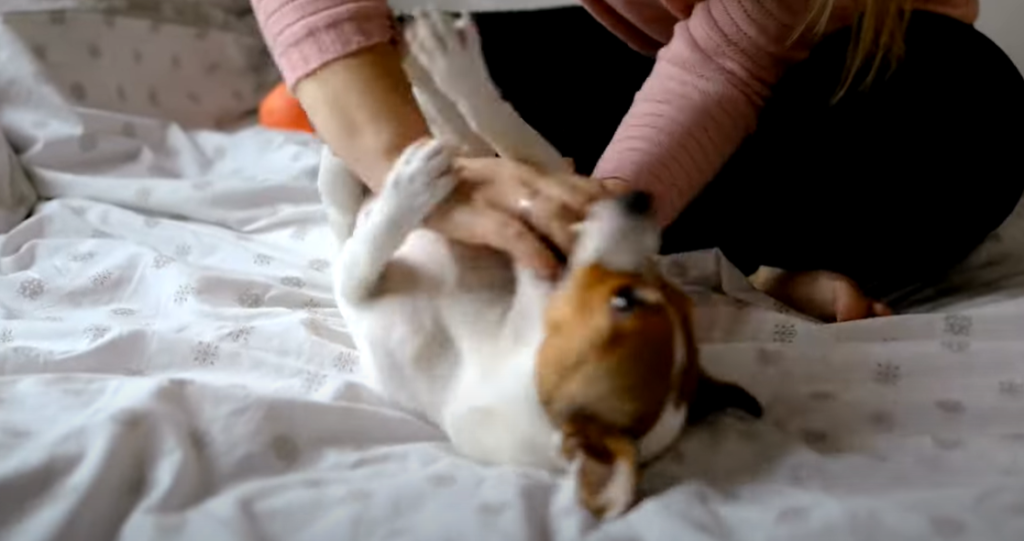
Health
Health conditions, age, and breed of the dog can all play a role in how much hair your pup has. An adult German Shepherd, for instance, will typically have around fifty thousand hairs on their body, while a purebred Chihuahua may only have about two thousand. Hair density also varies from breed to breed: some dogs may be sparsely coated, while others are covered in a thick fur coat. Taking good care of your pup’s coat is essential for their wellbeing; make sure to brush or comb your dog regularly, and pay attention to any changes in their hair’s appearance that may indicate an underlying health issue. Additionally, many dogs with particularly long coats require additional maintenance such as clipping and trimming. Regular grooming sessions can help keep your pup comfortable, healthy, and looking their best. [1]
Why Dogs Have So Much Hair
Dogs have a lot of hair for several reasons. First, their thick fur helps protect them from the elements and regulate their temperature in both warm and cold climates. Second, dogs’ coats can help repel dirt, dust and insects that may carry disease. Finally, long-haired breeds often look more attractive to humans – an evolutionary advantage that has helped them thrive. While each breed of dog has its own unique coat, the average canine has anywhere from 30,000 to 90,000 hairs over its entire body. That’s a lot more than humans – who only have an average of around 100,000 head hairs total!
How Many Hair Follicles Do Dogs Have?
Dogs come in all shapes, sizes and fur types! It’s not just the number of hairs that dictate this – each pooch also has a unique set of hair follicles. Knowing how many follicles your pup is blessed with can help you understand more about their breed and size. Generally, smaller breeds have fewer follicles than larger breeds. For example, a Chihuahua will typically have around 100,000 follicles while a Great Dane can have up to about 600,000. In addition, hair follicles are not evenly distributed across the body of a dog. Typically, they are concentrated in certain areas such as around the eyes and muzzle. It is also important to note that some breeds, like terriers, have more hair follicles per square inch than other breeds. This explains why some breeds appear to have thicker coats.
How Many Layers Of Hair Do Dogs Have?
Dogs are covered in two distinctly different layers of fur, creating a unique texture and look. The outer layer consists of long, coarse guard hairs that are designed to help keep the dog warm. The inner layer of hair, also known as the undercoat, is made of much softer and shorter hairs that provide insulation against cold temperatures. The number of hairs in each layer and the overall length of the coat depends on the breed of dog and its particular fur pattern. For example, breeds that have long hair such as retrievers may have several hundred thousand hairs on their bodies, while short-haired breeds like Greyhounds often have a much smaller count. Ultimately, the amount of hair on a particular dog can range anywhere from 10,000 to more than 1 million hairs!
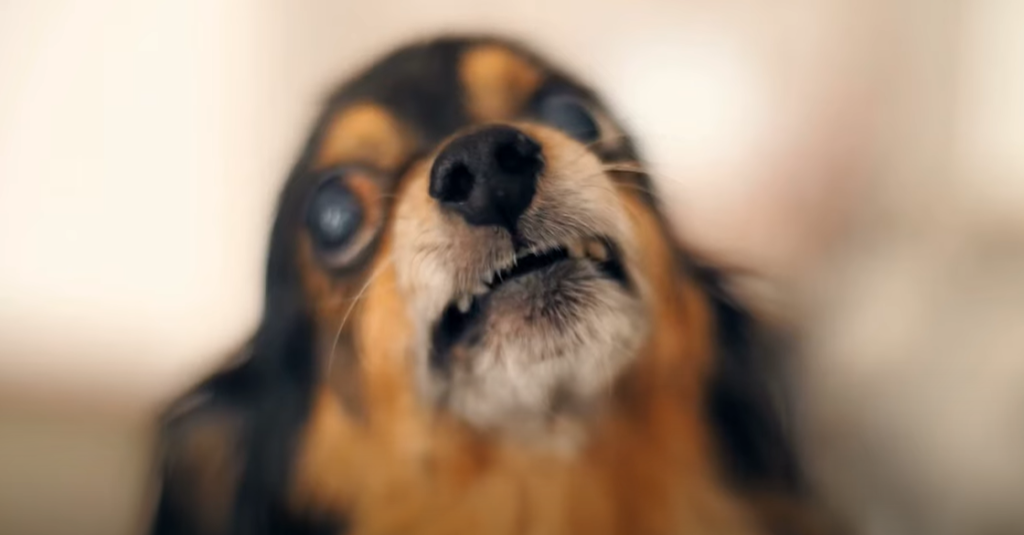
How Many Hairs Does A Dog Shed A Day?
Every dog sheds a different amount of hair each day. Generally, the average small- to medium-sized dog can shed anywhere from 10-100 hairs a day, while larger dogs can shed up to 300. Certain breeds are also known to shed more than others, such as Labrador Retrievers, German Shepherds, and Newfoundland’s. Regular grooming can help keep shedding to a minimum by removing loose hairs before they end up on your furniture. It’s also important to maintain a healthy diet and exercise routine to keep your dog’s coat healthy and strong. [2]
Signs Of Excessive Dog Hair Loss
Dog hair loss is a common problem among owners. While some shedding is normal, excessive shedding can be an indicator of a medical issue. Here are the most common signs of excessive dog hair loss:
- Increased Shedding
- Skin Discoloration
- Hot Spots
- Skin Irritation
Causes Of Excessive Dog Hair Loss
Dog hair loss can be caused by a variety of different things. It could be due to an underlying health concern, such as hypothyroidism, autoimmune disease or infection. It could also be due to poor diet and nutrition, genetics, or environmental factors such as stress or allergies. If your pup is losing more fur than usual, it’s best to have them checked out by a veterinarian to get a proper diagnosis.
Common causes of dog hair loss include:
- Infection.
- Stress.
- Allergies.
- Parasites.
- Hormonal imbalances.
- Poor nutrition. [3]
How To Reduce Excessive Dog Hair Loss?
If you have noticed that your dog is losing more hair than usual, there are a few things you can do to help reduce excessive shedding.
- Brush your dog regularly
- Inspect your dog’s skin
- Feed your dog a healthy diet
- Consider adding a supplement
- Bathe your dog regularly
What’s The Difference Between Dog Hair And Fur?
Dog hair and fur are terms often used interchangeably, but there is actually a difference between them. Dog hair is typically finer, softer and straighter than fur. Hair can also be longer than the amount of fur found on a dog’s body and can come in various colors and lengths. The hairs found around a dog’s eyes, ears, muzzle, and tail tend to be the longest.
Fur is typically thicker and courser than hair, and it has a distinct pattern of multiple layers that helps keep your pup warm. The texture of fur can vary depending on the breed of dog, with some breeds having longer outer-layers to help insulate them from cold temperatures. [4]

Haircut For Dogs With A Lot Of Hair
If your dog has a lot of hair, it is important to get regular haircuts. Not only does it keep your pup looking neat and tidy, but it can also help prevent matting and improve the overall health of their coat. The frequency of haircuts will depend on the breed and type of fur your pup has. Long-haired breeds such as Shih Tzus, Maltese, and Poodles may need haircuts every 8–10 weeks. Breeds with shorter coats or wiry fur like Jack Russells, Chihuahuas, and Schnauzers usually only need trimming every 3–4 months.
During each grooming session, it is essential to thoroughly brush and comb the coat to remove any loose hair or debris. This will also help reduce tangles, knots, and matting of the fur. It is important to be gentle when brushing your pup’s fur so as not to cause them any discomfort.
FAQ
How many hairs per square inch on a dog?
The amount of hairs per square inch on a dog can vary greatly depending on the breed and type of fur. Generally speaking, most dogs will have between 40 and 100 hairs per square inch. Long-haired dogs may have up to 300 hairs per square inch, while short-haired breeds tend to have around 40-60 hairs per square inch.

Is it fur or hair on a dog?
It’s often said that dogs have fur instead of hair, but the truth is that it’s both. A dog’s coat is made up of two layers: the top layer, or guard hairs, are longer and thicker than the undercoat. Together, these two layers are called fur. So how many hairs (or fur, if you prefer) does a dog actually have? That can vary widely depending on the breed of dog.
How many layers of hair do dogs have?
Most dog breeds have three layers of fur. The top layer is composed of guard hairs, which are stiff and coarse, providing the main protection from the elements. The middle layer is composed of awn hairs, which are softer and more flexible than guard hairs. Finally, the inner layer consists of down hairs, which are soft and insulating.
The number of hairs on a dog varies depending on the breed, but most breeds have around 65,000 hairs per square inch of skin. Smaller breeds tend to have fewer hairs, while larger breeds can have up to 150,000 hairs per square inch. The texture and color of a dog’s fur is determined by the type of hair that makes up each layer. Poodles, for example, have a softer coat because their guard hairs are thinner and more flexible. Labrador Retrievers have a thicker coat because their guard hairs are stiff and coarse.
How many hairs does a cat have?
The exact number of hairs on a cat varies depending on the breed and individual. On average, an adult domestic shorthair cat has between 11,000 and 12,000 hairs per square inch. Long-haired cats tend to have more hair than short-haired cats, but the exact amount of fur varies from cat to cat.In addition to the normal hairs that make up a cat’s coat, cats also have whiskers and guard hairs which provide protection from the elements and help them sense their environment. Cats have an average of 24 whiskers, with 12 on each side of their face. These guard hairs are usually longer than the rest of the fur, and can be seen on the head, back, and tail of cats. Cats also have a variety of other specialized hairs that help them feel their environment. The average cat has around 560,000 hairs.
Can you shave a dog with 2 coats?
The answer depends on the breed of dog and the type of coat it has. Some dogs have single coats, which are made up of one layer of fur, while others have double coats, which are made up of two layers. Dogs with single coats can be shaved, but those with double coats should not be shaved. Double coats are designed to protect the skin and regulate body temperature, so shaving them can cause significant harm.
Do dogs shed hair every day?
Yes, dogs will typically shed their hair every day. This is because the fur of a dog grows continually and must be shed to make room for the new hair. Dogs with longer or thicker coats will usually shed more, but all dogs shed some amount of hair on a daily basis. If a dog is not groomed regularly, the shedding can become more noticeable. Regular brushing and grooming will help reduce the amount of hair shed each day. In addition, certain medications can be used to reduce shedding. It is important to ask a veterinarian before giving any medication to your dog.
Do dogs have hairs?
Yes, most dogs have fur or hair that helps keep them warm and protect their skin from the elements. The amount of fur a dog has varies greatly depending on their breed, age and other factors. For instance, young puppies usually have short, sparse fur compared to adult dogs which may have thicker, longer fur. Additionally, some breeds are naturally more hairy than others. For example, a Labrador Retriever typically has a thick double coat of fur, while a Greyhound typically has a short, smooth coat.
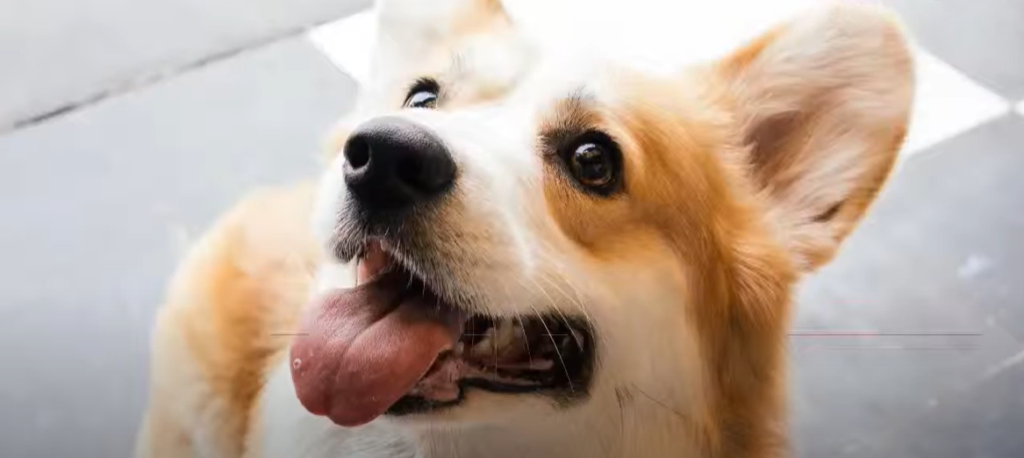
What colors do dogs see?
Like humans, dogs are trichromats, meaning they can distinguish three different color pigments. However, dog’s vision is not as sharp or vivid as human vision. While humans have three different color cones to detect red, green, and blue wavelengths of light, dogs only have two, meaning they are less sensitive to color differentiation. Dogs have dichromatic vision and can see blues, yellows, and grays but not reds, greens, and purples. This means that for a dog’s vision, the brightest colors are shades of yellow and blue – everything else is some shade of gray. So, while your dog may not appreciate the many colors you dress them up in, they can still appreciate the brightness of the colors.
Do dog hairs have DNA?
Yes, dog hairs contain DNA just like any other cells in an animal’s body. A single strand of dog hair contains the same type of genetic material (which includes DNA) as any other cells in a dog’s body. Therefore, it is possible to extract and analyze DNA from dog hairs. In order to do so, a sample of the hair must be collected and sent for analysis. Depending on the type of test being done, a few strands may be enough for the test, or a larger sample might be needed.
Which breed of dog has the most hair?
The answer to this question varies depending on the breed of dog. Dogs with thicker fur and longer hair will naturally have more hairs per square inch than those with shorter fur and thinner coats. Some of the most popular breeds known for their thick hair include the Afghan Hound, Samoyed, Shih Tzu, and the Pomeranian. These breeds often have over 200,000 hairs on their bodies! Other dogs with thick fur include the Irish Water Spaniel, Giant Schnauzer, and Komondor.
Useful Video: How many hairs on a dog interview question
Conclusion
The average dog has 30,000-100,000 hairs on their body. It is important to remember that the amount of hair on a particular dog depends on its breed and size. Dogs with longer fur may have more hairs than those with shorter fur. Grooming your pet regularly can help promote healthy skin and coat growth. Knowing how many hairs are on a dog can also help owners determine if their pet is suffering from excessive shedding. Individuals should consult with their veterinarian if they believe their pet is shedding more than normal.
References:
- https://dogadvisorycouncil.com/how-many-hairs-are-on-a-dog/
- https://crittertips.com/how-many-hairs-are-on-a-dog/
- https://pethelpreviews.co.uk/how-many-hairs-on-a-dog/
- https://furrynfluffy.com/how-many-hairs-on-a-dog/

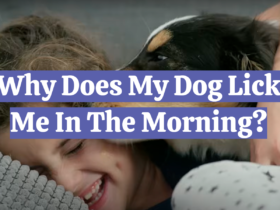
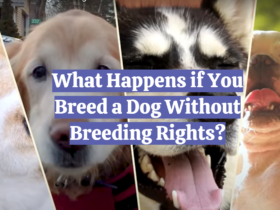


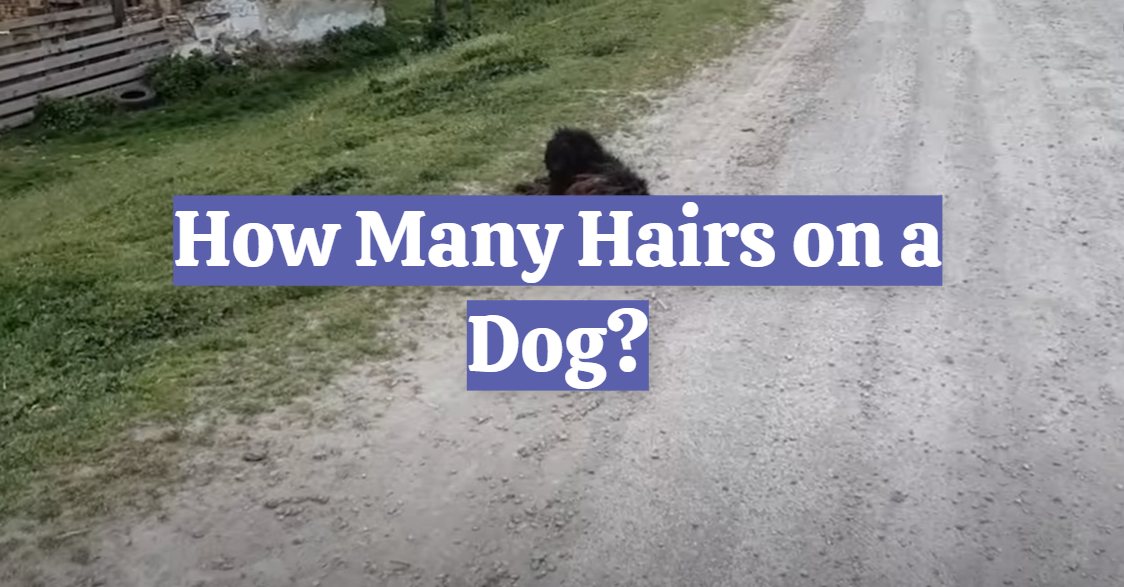




Leave a Reply